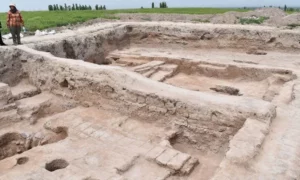The Ancient City of Suyab, once a significant Silk Road hub, lies in the territory of modern Kyrgyzstan. It thrived as a crossroads of cultures and commerce, linking the East and West. Suyab was a melting pot of various peoples, including the Sogdians, Chinese, Turks, and others. Its strategic location made it a political and economic center in Central Asia, particularly during the Tang dynasty and the period of the Turkic Khaganate.
Monumental Structures
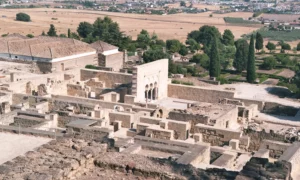
Caliphate City of Medina Azahara
The Caliphate City of Medina Azahara, a palatial city complex, stands as a testament to the grandeur of the Umayyad dynasty in al-Andalus. Built by Caliph Abd-ar-Rahman III in the 10th century, it served as a political and administrative center. Located near Cordoba, Spain, the ruins reflect the cultural zenith of the Caliphate of Cordoba. The city was short-lived, however, as it was sacked during a civil war and fell into ruin. Today, it is an archaeological site that offers invaluable insights into Islamic art, architecture, and civilization in medieval Spain.
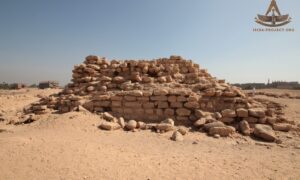
Pyramid of Sinki Egypt
The Pyramid of Sinki at Abydos is one of Egypt’s lesser-known pyramids. It dates back to the 13th Dynasty, around the 18th century BC. The structure is attributed to a pharaoh named Senebkay, whose reign was relatively short-lived. The pyramid remains a significant archaeological find, providing insights into a tumultuous period in Egypt’s history. Its discovery added to the understanding of the Second Intermediate Period, a time when Egypt was not united under a single ruler.
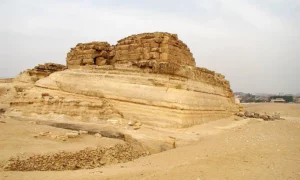
Pyramid of Khentkaus I
The Pyramid of Khentkaus I, also known as the Pyramid of Queen Khentkaus, is a unique archaeological site in Egypt. It lies near the famous pyramids of Giza and is thought to belong to Khentkaus I, who may have been a queen or possibly a pharaoh during the Fourth Dynasty of the Old Kingdom. This structure has intrigued historians and archaeologists for years due to its distinctive features and the mystery surrounding the true role of its occupant.
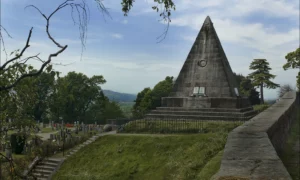
The Star Pyramid in Scotland
The Star Pyramid, also known as the Salem Rock, stands as a unique monument in Stirling, Scotland. This distinct structure, built entirely of sandstone, is a testament to Scotland’s rich historical tapestry. Erected in 1863, it serves as a memorial to the martyrs of the Scottish Reformation. The pyramid’s four-sided star shape is both an architectural curiosity and a symbolic representation, reflecting the period’s religious and political turmoil.
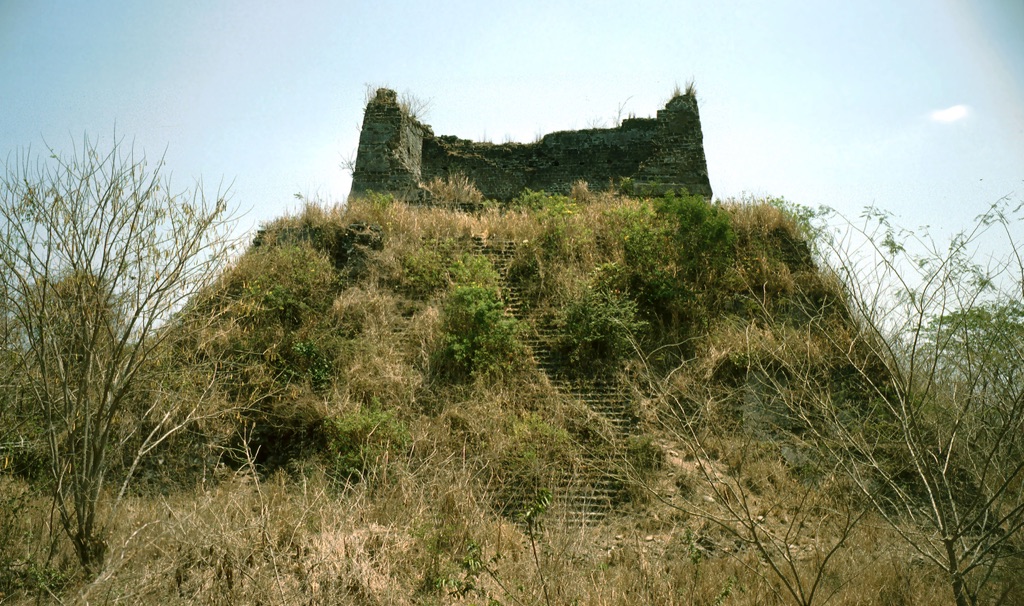
Huatusco Pyramid
The Huatusco Pyramid, nestled in the heart of Mexico, is a testament to the region’s rich pre-Columbian history. This ancient structure, though not as widely known as some of its counterparts, offers valuable insights into the civilizations that once flourished in Central America. The pyramid itself is a marvel of architectural ingenuity, reflecting the advanced understanding of construction and cosmology possessed by its builders.

